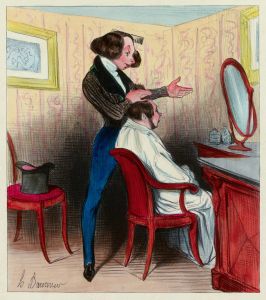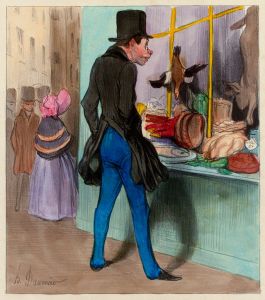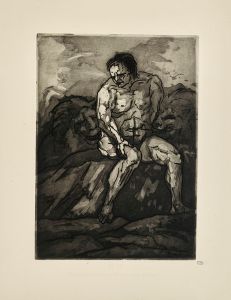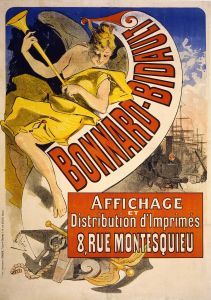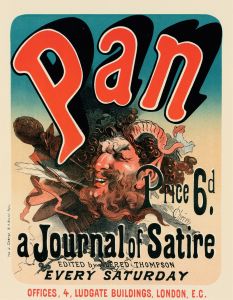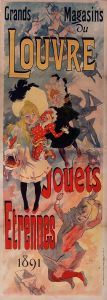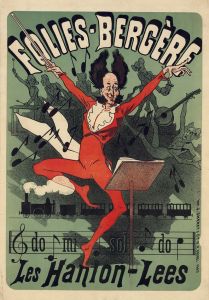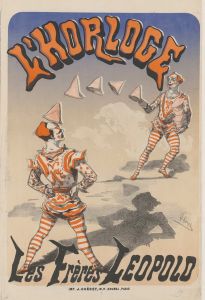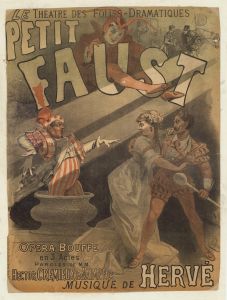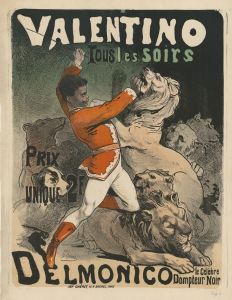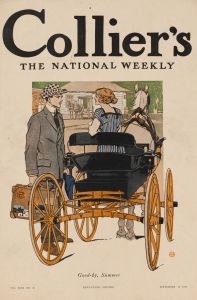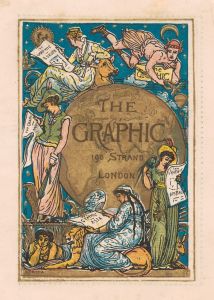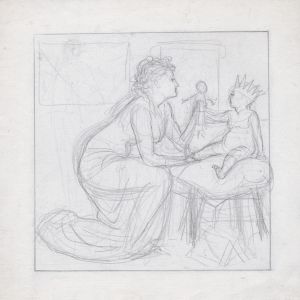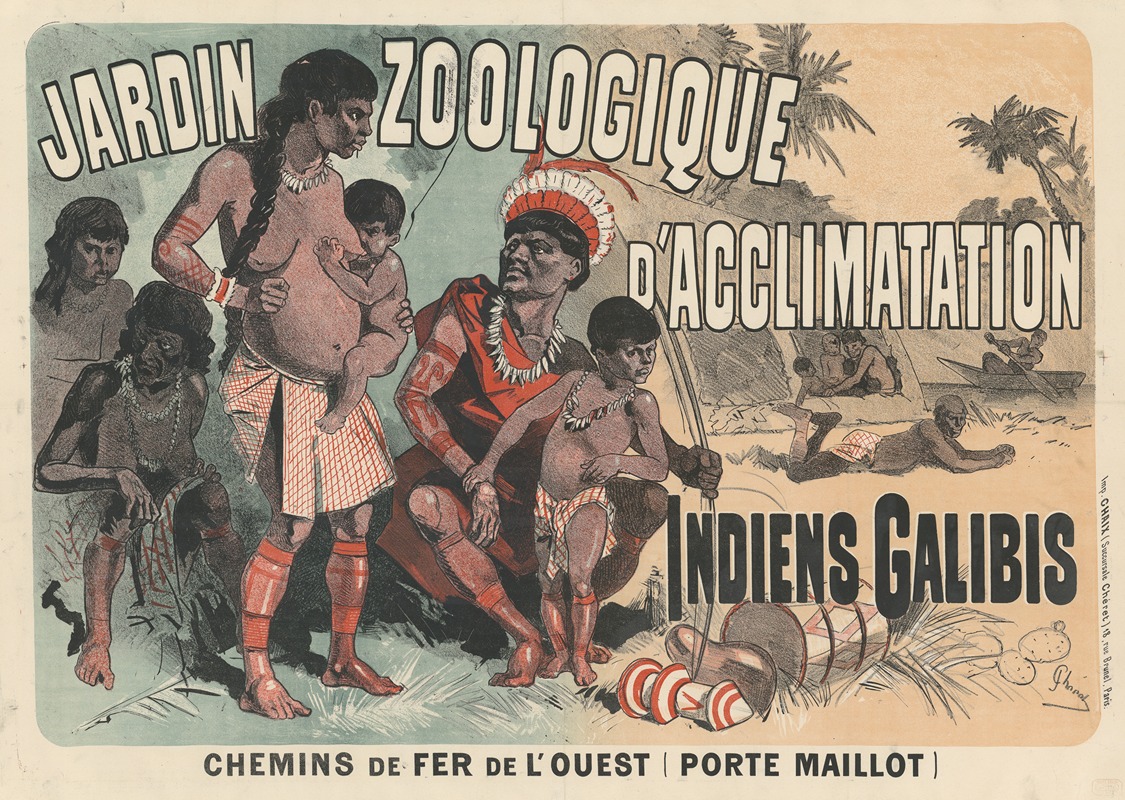
Jardin zoologique d’acclimatation Indiens Galibis. Chemins de fer de l’Ouest
A hand-painted replica of Jules Chéret’s masterpiece Jardin zoologique d’acclimatation Indiens Galibis. Chemins de fer de l’Ouest, meticulously crafted by professional artists to capture the true essence of the original. Each piece is created with museum-quality canvas and rare mineral pigments, carefully painted by experienced artists with delicate brushstrokes and rich, layered colors to perfectly recreate the texture of the original artwork. Unlike machine-printed reproductions, this hand-painted version brings the painting to life, infused with the artist’s emotions and skill in every stroke. Whether for personal collection or home decoration, it instantly elevates the artistic atmosphere of any space.
Jules Chéret's Jardin zoologique d’acclimatation Indiens Galibis. Chemins de fer de l’Ouest is a notable example of 19th-century French poster art. Created in 1882, this lithographic poster was designed to promote an exhibition at the Jardin d'Acclimatation, a zoological and botanical garden in Paris. The event featured a group of Galibi people, an Indigenous community from French Guiana, who were brought to France as part of a "human zoo" display. Such exhibitions were common during the colonial era and were intended to showcase the diversity of cultures from French colonies, albeit through a lens that often exoticized and dehumanized the subjects.
The poster also highlights the involvement of the Chemins de fer de l’Ouest (Western Railway Company), which provided transportation to the event. This collaboration between cultural institutions and railway companies was a common practice in the late 19th century, as it encouraged tourism and facilitated access to public attractions. Chéret's work, with its vibrant colors and dynamic composition, exemplifies the Belle Époque style of advertising, which sought to captivate audiences with visually striking designs.
Jules Chéret, often referred to as the "father of the modern poster," was a pioneering French artist and lithographer. His innovative techniques and artistic approach revolutionized advertising, transforming posters into a respected art form. In this particular piece, Chéret employs his signature use of bold typography and lively imagery to draw attention to the event. The poster features a depiction of the Galibi people in traditional attire, framed by lush tropical motifs that evoke the exoticism associated with French Guiana.
While the artistic merit of Chéret's work is widely recognized, the subject matter of the poster reflects the colonial attitudes of the time. The display of Indigenous peoples in such exhibitions has since been criticized for its exploitative and ethnocentric nature. These events often perpetuated stereotypes and reinforced colonial hierarchies, reducing individuals to objects of curiosity for European audiences.
Today, Jardin zoologique d’acclimatation Indiens Galibis. Chemins de fer de l’Ouest is studied both as a work of art and as a historical artifact. It offers insight into the cultural and social dynamics of late 19th-century France, as well as the role of visual media in shaping public perceptions of colonial subjects. The poster is part of the broader legacy of Jules Chéret, whose contributions to graphic design continue to be celebrated.





